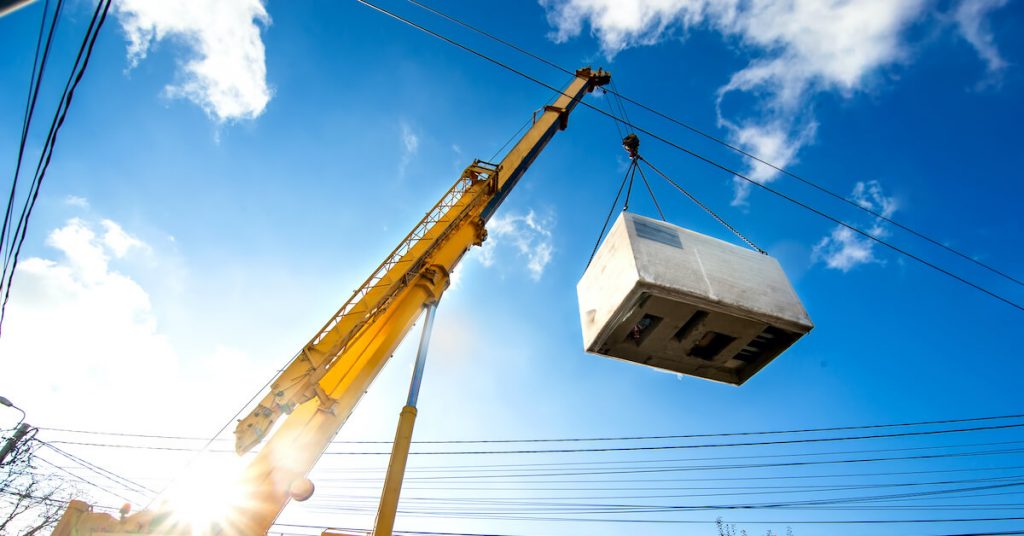Australian workers pocket an average of $163,600 a year to work on projects ranging from deep water natural gas drilling platforms off the northern coast to onshore rigs seeking to unlock unconventional gas deposits in the Australian Outback’s sweltering heat, the Hays recruitment company survey found.
As more than $160 billion is invested in Australia’s natural gas industry, which has to compete with large mining projects for pipe layers, welders and engineers, the labour market has tightened. As a result, Hays said that Down Under’s bulging pay packs are even higher for imported workers—coming in at $171.00 a year.
By the end of the decade, a combination of vast natural gas reserves, a stable political environment and proximity to fast-growing Asian economies have put Australia on track to overtake Qatar as the world’s largest exporter of liquefied natural gas, or LNG. There are approximately 12 multi-billion LNG projects either under construction on its shoreline or on the drawing board.
Australia lacks a deep labour pool for major projects, with a population of about 23 million people—less than ten times smaller than the U.S.—and large salaries are often required to entice workers to remote corners of the country.
A number of budget overruns on Australian gas-export projects run by Chevron, BG Group PLC and Australia’s Santos Ltd. have already contributed to spiralling labour costs. In the largest example, Chevron said higher labour costs were partly to blame for a 21 percent increase in the cost to 52 billion Australian dollars ($53.5 billion) of building the Gorgon liquefied natural gas development.
But the average Australian salary in the oil and gas sector fell 0.7 percent in 2012 compared to 2011, a slight positive for developers.
Norway, with an average annual salary of $152,600 needed for recruitment, is the second most expensive country to hire local workers, Hays said. With a $127,600 median pay packet, New Zealand ranks third.
The survey was based on the answers of 25,000 people working in 53 countries across the world. With $121,400 for local workers, the U.S. ranked fifth, while Sudan brought up the rear with $31,100.
The guide reveals signs of a slowdown in wage growth in Australia for both imported and local labour, which may be a sign that the market has reached its peak in terms of demand for specialist oil and gas skills,’ said Matt Underhill, Hays Oil & Gas’ managing director.
If your interested in becoming a this type of job have a look at our rigger jobs in Australia or rigging and dogging courses in Perth.
Previous Post:
What equipment is used for rigging?

